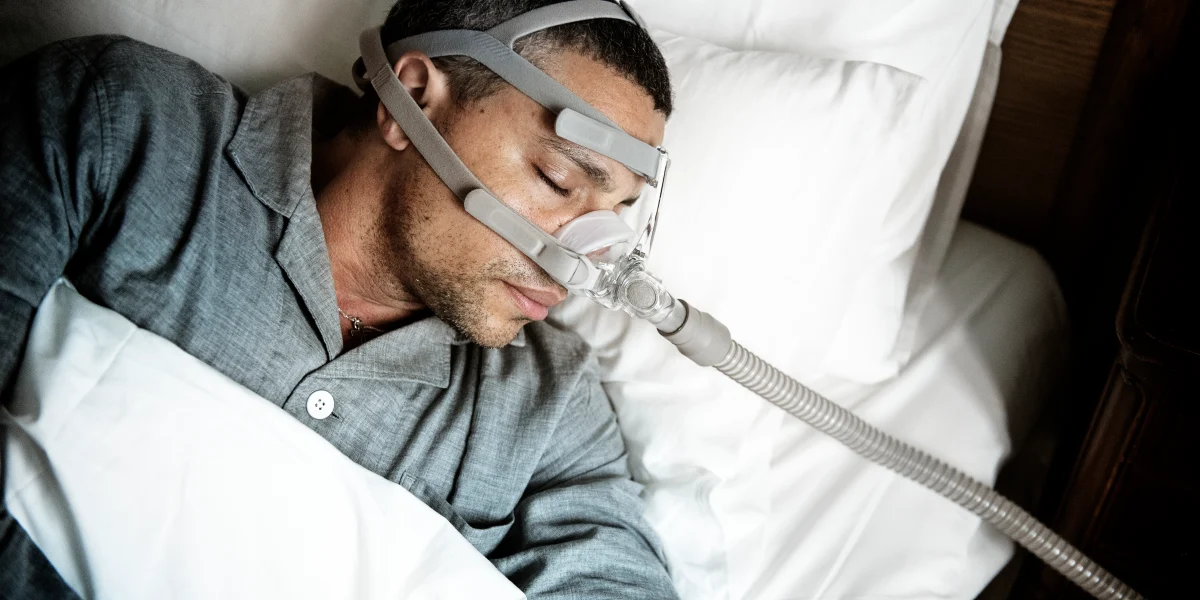Sleepless Nights is more than rest; it’s the body’s natural reset button. Yet millions of people around the globe struggle with insomnia, restless nights, or disrupted sleep cycles. The sleep therapy solution offers a science-backed way to restore balance, improve mental clarity, and protect overall health.
This article explores the history, benefits, and latest innovations in sleep therapy solutions from cognitive behavioral techniques to high-tech gadgets—so you can finally end sleepless nights.
Understanding Sleep and Its Importance
The Science of Sleep Cycles
Sleep follows a predictable rhythm called the sleep cycle, lasting about 90 minutes and repeating several times each night. Each cycle includes:
- Light Sleep (N1/N2): Prepares the body for deep rest.
- Deep Sleep (N3): Critical for physical restoration.
- REM Sleep: Essential for memory, learning, and emotional balance.
The Role of REM and Deep Sleep
Without sufficient REM and deep sleep, the body experiences fatigue, poor concentration, mood swings, and even long-term health risks such as diabetes, heart disease, and depression. Sleep therapy aims to restore these natural rhythms.
Common Causes of Sleepless Nights
Stress and Anxiety
Emotional stress is the leading cause of insomnia. Racing thoughts and tension make it hard to drift off.
Lifestyle and Habits
Late-night screen time, caffeine intake, irregular schedules, or lack of exercise can all disrupt natural sleep patterns.
Medical and Environmental Factors
Conditions like sleep apnea, restless leg syndrome, chronic pain, or even an uncomfortable mattress can rob you of quality sleep.
What Is a Sleep Therapy Solution?
Traditional vs. Modern Approaches
Traditional remedies include herbal teas, warm baths, and reading before bed. Modern solutions, however, combine medical science, psychology, and technology to address root causes.
Evidence-Based Therapies
Today, the most effective sleep therapy solution are those grounded in research, like CBT-I, relaxation training, sleep hygiene, and medical interventions.
Cognitive Behavioral Therapy for Insomnia (CBT-I)
How CBT-I Works
CBT-I is widely considered the gold standard for treating insomnia. It retrains the brain to break negative associations with sleep.
Core Techniques
- Sleep restriction therapy
- Stimulus control (bed only for sleep/sex, not work or scrolling)
- Thought restructuring (challenging negative beliefs about sleep)
Long-Term Effectiveness
Unlike sleeping pills, CBT-I provides lasting results. Studies show most patients experience improved sleep within weeks.
Relaxation and Mind-Body Techniques
Meditation and Mindfulness
Guided meditation helps reduce racing thoughts and lowers stress hormones.
Breathing Exercises
Slow breathing, especially 4-7-8 breathing, calms the nervous system.
Progressive Muscle Relaxation
Tensing and releasing muscle groups relaxes the body, signaling it’s time for rest.
The Role of Sleep Hygiene
Ideal Bedroom Environment
A dark, cool, and quiet room is best. Blackout curtains, white-noise machines, and ergonomic pillows can transform sleep quality.
Pre-Sleep Routines
Reading, journaling, or stretching before bed trains the brain to expect sleep.
Technology and Blue Light
Avoid screens 1 hour before bedtime. Blue light blocks melatonin, the sleep hormone.
Medical Sleep Therapy Solutions
Prescription Medications
Doctors may prescribe short-term sleep aids like zolpidem or benzodiazepines, but these come with side effects.
Natural Supplements
- Melatonin: Regulates circadian rhythm.
- Magnesium: Supports relaxation.
- Valerian root: Traditional calming herb.
When to Seek Professional Help
If insomnia persists for more than 3 weeks, a professional evaluation is recommended.
Technology-Driven Sleep Therapy Solutions
Sleep Apps and Trackers
Apps like Calm, Headspace, or Oura Ring track sleep cycles and provide guided meditations.
Smart Beds and Wearables
Adjustable smart beds monitor sleep posture, while wearables analyze breathing and heart rate.
Light and Sound Therapy Devices
Sunrise alarm clocks and sound machines mimic natural rhythms, improving sleep onset.
Lifestyle Adjustments for Better Sleep
Nutrition and Diet
Limit caffeine, sugar, and alcohol before bed. Foods rich in tryptophan (turkey, nuts, bananas) can boost melatonin production.
Exercise and Physical Activity
Regular workouts regulate hormones and improve deep sleep quality.
Stress Management
Yoga, journaling, and therapy can reduce stress the number one sleep disruptor.
Real-Life Success Stories of Sleep Therapy Solutions
- A business executive cured 10 years of insomnia with CBT-I.
- A student improved sleep quality using mindfulness meditation and blue-light filters.
- A retiree reduced sleep apnea symptoms with weight loss and breathing exercises.
The Future of Sleep Therapy: Innovations Ahead
The next decade will bring AI-driven sleep analysis, wearable biofeedback devices, and personalized sleep coaching. Scientists are even exploring genetic factors in sleep disorders, which may lead to precision treatments.
The journey to overcoming insomnia doesn’t require endless pills or frustration. By adopting a comprehensive sleep therapy solution from CBT-I and sleep hygiene to mindfulness and technology you can end sleepless nights and reclaim energy, focus, and well-being.
Read More: hipaa compliance for medical couriers what you need to know







